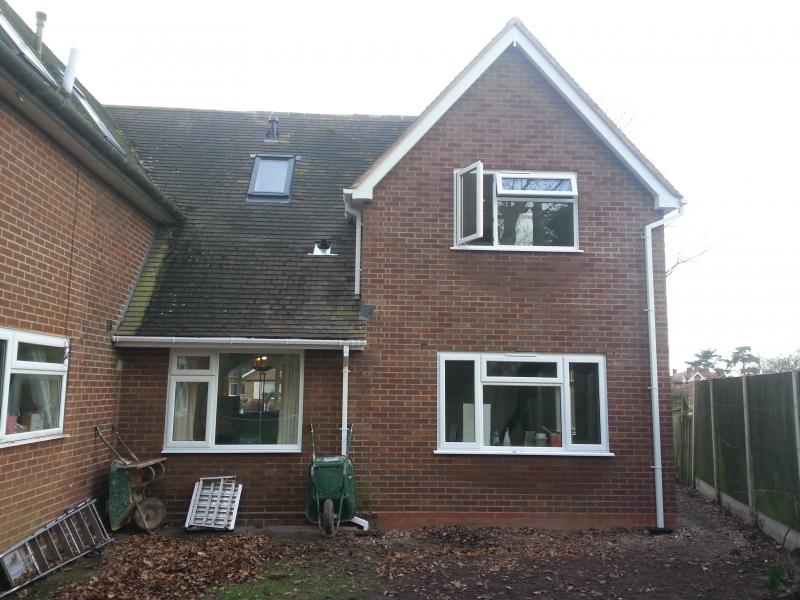I'm currently in the early stages of planning a single-story extension to a bungalow. I assumed that the new extension walls would be 'toothed in' to existing (where the new wall continues the line of the existing) but I'm getting mixed messages as to whether that's a good idea or not.
The alternative - walls butted together using a wall tie system like Furfix - won't look very attractive but I can understand the appeal because:
(1) The building sits on heavy clay soil which has a tendency to shift a bit. Allowing for a little movement between old and new structures could be a good thing.
(2) The original brickwork is Imperial so toothing in would probably mean I have to source Imperial bricks for the extension which I guess don't come cheap.
I'd be interested to hear any views/opinions, especially if anyone has experience of toothed in walls built on heavy clay soil. Thanks.
The alternative - walls butted together using a wall tie system like Furfix - won't look very attractive but I can understand the appeal because:
(1) The building sits on heavy clay soil which has a tendency to shift a bit. Allowing for a little movement between old and new structures could be a good thing.
(2) The original brickwork is Imperial so toothing in would probably mean I have to source Imperial bricks for the extension which I guess don't come cheap.
I'd be interested to hear any views/opinions, especially if anyone has experience of toothed in walls built on heavy clay soil. Thanks.



